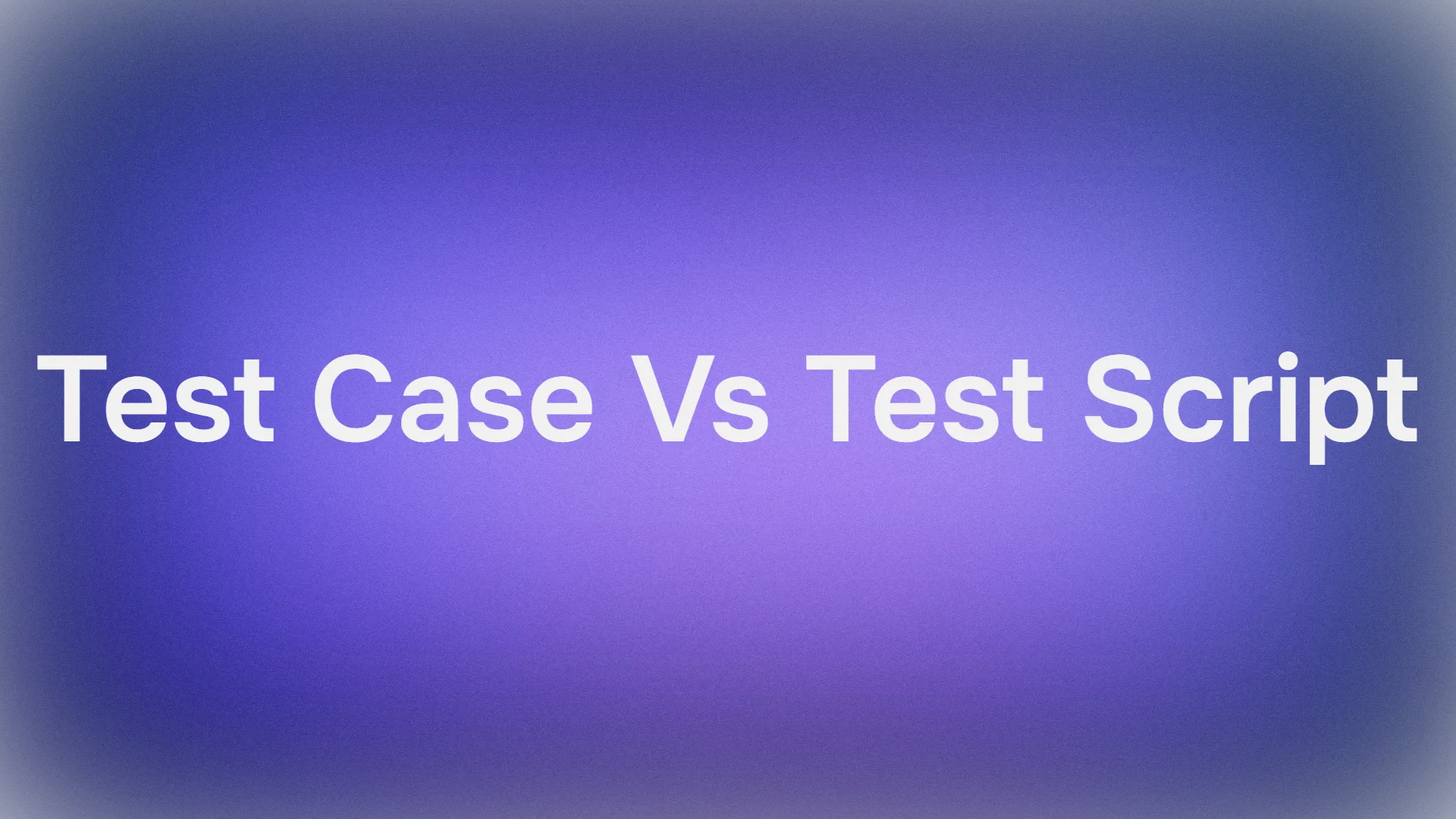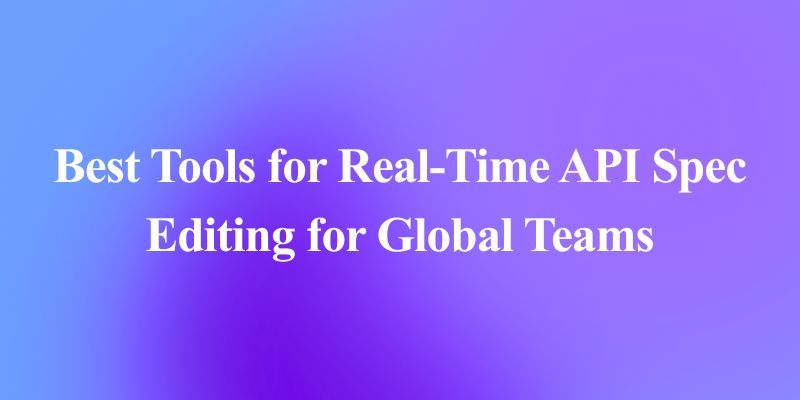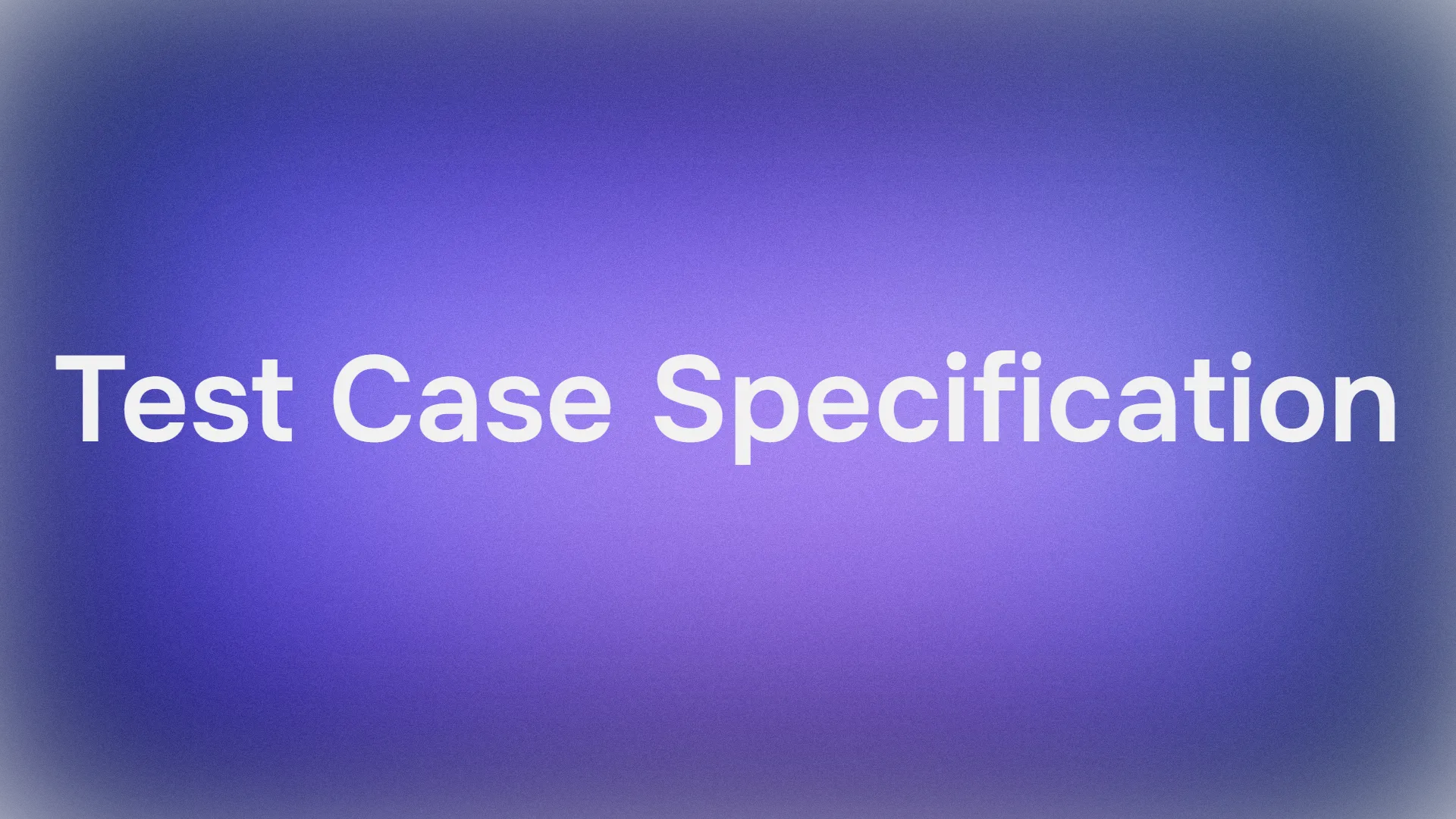AI agents stand out as transformative tools. These agents, driven by large language models (LLMs), autonomously tackle tasks, boost human productivity, and simplify complex workflows. Among these innovations, the Open Computer Agent emerges as a standout open-source project from Hugging Face. It directly challenges proprietary options like OpenAI’s Operator, which demands a hefty $200 monthly subscription. This article explores the Open Computer Agent in depth, detailing its technical architecture, standout features, and the powerful smolagents library behind it.
What is the Open Computer Agent?
The Open Computer Agent is a cloud-hosted AI agent running on a Linux virtual machine (VM). Users access it effortlessly through a web browser, eliminating the need for local setup. This agent excels at executing user-defined tasks, such as browsing the web, extracting data, or running code. Unlike OpenAI’s Operator, which locks users into a $200-per-month paywall, the Open Computer Agent offers its capabilities for free under an open-source license. Consequently, it appeals to developers, startups, and organizations aiming to harness AI without breaking the bank.

Hosted as a Hugging Face Space , the Open Computer Agent leverages the collaborative power of the Hugging Face ecosystem. Its open-source nature invites contributions, fostering rapid evolution and adaptability.
Technical Architecture of the Open Computer Agent
The Open Computer Agent owes its functionality to the smolagents library, a lightweight yet potent framework crafted by Hugging Face. This library empowers developers to build AI agents that reason and act using Python code. Unlike bloated frameworks, smolagents keeps things simple, enabling efficient agent creation with minimal overhead.

The smolagents Library
The smolagents library supports two primary agent types:
- Code Agents: These agents generate Python code snippets to execute tasks. The Open Computer Agent adopts this approach, translating user instructions into actionable code.
- Tool Calling Agents: These rely on predefined tool-calling methods, offering a more structured but less flexible alternative.

For the Open Computer Agent, the Code Agent model shines. It parses user inputs, generates Python code, and executes it within a secure, sandboxed environment. This method provides several technical advantages:
- Composability: Developers can chain operations seamlessly.
- Object Handling: It manages data structures efficiently.
- Complex Logic: Python’s syntax allows natural expression of intricate workflows.
Sandboxing and Security
Executing arbitrary code poses risks. To counter this, the Open Computer Agent integrates sandboxing via tools like E2B. This isolates code execution, safeguarding the host system from potential threats. Thus, users can experiment freely without compromising security.

Key Features of the Open Computer Agent
The Open Computer Agent packs a robust feature set, making it a viable alternative to paid solutions. Here’s what sets it apart:
Cloud-Hosted Accessibility
Running on a cloud-based Linux VM, the agent requires no local installation. Users simply visit the Hugging Face Space and start issuing commands through their browser.
Versatile Task Execution
From basic web searches to advanced tasks like image generation or data analysis, the agent handles it all. It even excels at multi-step reasoning, breaking down complex instructions into executable chunks.
Secure Sandboxing
Leveraging E2B, the Open Computer Agent ensures all code runs in a controlled environment, mitigating security risks.
Hugging Face Ecosystem Integration
The agent taps into the Hugging Face Hub, enabling easy tool sharing and model access. This connectivity accelerates development and fosters collaboration.
Model-Agnostic Design
The smolagents library supports any LLM, from open-source models on Hugging Face to proprietary ones via LiteLLM integration. This flexibility lets developers choose the best model for their needs.
These features collectively position the Open Computer Agent as a powerful, cost-free contender in the AI agent space.
Open Computer Agent vs. OpenAI’s Operator
OpenAI’s Operator delivers impressive functionality but comes with a steep $200 monthly price tag. In contrast, the Open Computer Agent offers a compelling alternative. Let’s compare them:
Cost
OpenAI’s Operator burdens users with a recurring fee. The Open Computer Agent, however, is free and open-source, leveling the playing field for budget-conscious developers.
Customization
The Open Computer Agent’s open-source code invites modification. Conversely, OpenAI’s Operator remains a black box, limiting flexibility.
Community Support
An active open-source community drives the Open Computer Agent’s evolution. OpenAI’s proprietary model lacks this collaborative edge.
Transparency
With visible code, the Open Computer Agent builds trust. Users see exactly how it works, unlike the opaque Operator.
While OpenAI’s solution may suit enterprise users with deep pockets, the Open Computer Agent caters to a broader audience seeking affordability and control.
How to Use the Open Computer Agent
Getting started with the Open Computer Agent is a breeze. Follow these steps:
- Visit Hugging Face Space.
- Enter a task in natural language
- Watch the agent execute the task on its virtual computer, delivering results in real time.
This simplicity, paired with its cloud-based design, makes the agent accessible to novices and experts alike.
Building Custom Agents with smolagents
Beyond using the Open Computer Agent, developers can craft their own agents using the smolagents library. Here’s a step-by-step guide:
Step 1: Install smolagents
Install the library via pip:
pip install smolagents
Step 2: Create a Code Agent
Define tools and initialize the agent:
from smolagents import CodeAgent, DuckDuckGoSearchTool, HfApiModel
model = HfApiModel(model_id="Qwen/Qwen2.5-72B-Instruct")
search_tool = DuckDuckGoSearchTool()
agent = CodeAgent(tools=[search_tool], model=model)
Step 3: Run the Agent
Assign a task and execute:
result = agent.run("Find the latest research on AI agents.")
print(result)
This example sets up a basic search agent. Developers can expand it by adding tools for file handling, image generation, or API calls.
Why smolagents?
The library’s lightweight design and Python-centric approach make it ideal for rapid prototyping. Plus, its model-agnostic nature ensures compatibility with cutting-edge LLMs.
Enhancing Development with Apidog
AI agents often rely on external APIs for tasks like data retrieval or service integration. Ensuring these APIs work flawlessly is critical. Enter Apidog, a top-tier API testing tool. With Apidog, developers can:
- Test APIs: Verify endpoints respond correctly.
- Debug Issues: Pinpoint failures quickly.
- Monitor Performance: Ensure APIs meet latency and uptime needs.
For the Open Computer Agent, Apidog proves invaluable. Imagine an agent fetching data via an API. Apidog ensures that API performs reliably, boosting the agent’s effectiveness. Download it free and integrate it into your workflow today.
How the Open Computer Agent Works
Let’s peel back the layers. When a user submits a task, the Open Computer Agent follows this process:
- Input Parsing: The agent interprets the natural language instruction using its LLM.
- Code Generation: It translates the task into Python code via the smolagents library.
- Execution: The code runs in a sandboxed Linux VM, leveraging tools like E2B.
- Output Delivery: Results return to the user through the browser interface.
This pipeline ensures efficiency and security, balancing power with practicality.
Conclusion
The Open Computer Agent redefines access to AI agents. By offering a free, open-source alternative to OpenAI’s $200-per-month Operator, it democratizes cutting-edge technology. Its smolagents-powered architecture delivers flexibility and power, while its cloud-based design ensures ease of use. Paired with tools like Apidog, it equips developers to build reliable, innovative solutions.
Whether you’re a hobbyist or a professional, the Open Computer Agent opens doors to AI experimentation. Explore it today and shape the future of intelligent systems.




